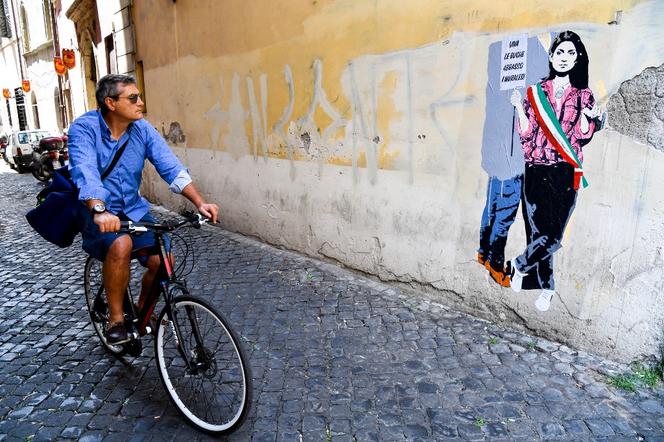

LETTER FROM ROME

For several weeks now, Rome has once again been transformed into a vast open-air construction site. In several parts of the capital, mounds of cobblestones, removed to resurface roads, lie on the sand. The Eternal City is preparing to host the 2025 Jubilee. Inaugurated by Pope Boniface VIII in 1300, this tradition, which takes place every quarter century, brings millions of pilgrims to the capital of Catholicism. For the Vatican and the Municipality of Rome, who work hand in hand to organize it, the 30 million visitors expected represent a boon, both economically and for the salvation of souls.
Tourists and pilgrims alike will be treading the sampietrini, the famous Roman cobblestones that line the streets of the historic center. A true marker of the city's identity, the sampietrini takes its name from St. Peter's Square. In fact, it was Pope Sixtus V who, at the end of the 16th century, decided to use them to pave the area around the Vatican.
Will the unearthed cobblestones be returned to their original place? It's not just a rhetorical question, as the Roman sampietrino (singular) is a source of great passion. There are those who protest against the dangerous nature of these cobblestones, which become slippery when it rains and whose surfaces quickly become uneven due to a lack of road maintenance; there are also the defenders of asphalt, who plead for their removal in order to ease traffic flow in a capital that is too often congested.
But for the majority of Romans, the sampietrini are untouchable. "We've often been asked how we can defend the cobblestones," pointed out Valentina Cinelli, president of the Sampietrino cultural association, set up in 2005 to protect the memory and history of the capital's cobblestones. "After all, cobblestones only represent 2% of Roman streets; the controversy is pointless."
For as long as any Roman can remember, there hasn't been a mayor of the city who hasn't had to deal with a controversy surrounding these cubes made of leucite, a rock extracted from the quarries of the Castelli Romani, the volcanic chain of hills located some 20 kilometers south of the capital. In 2005, the mayor, Walter Veltroni, a member of the center-left Democratic Party, caused an uproar when he unveiled his "cobblestone plan." This involved removing hundreds of thousands of sampietrini to asphalt 60 kilometers of streets. While some roads were indeed covered with asphalt, the project as a whole was largely unsuccessful.
You have 55% of this article left to read. The rest is for subscribers only.
